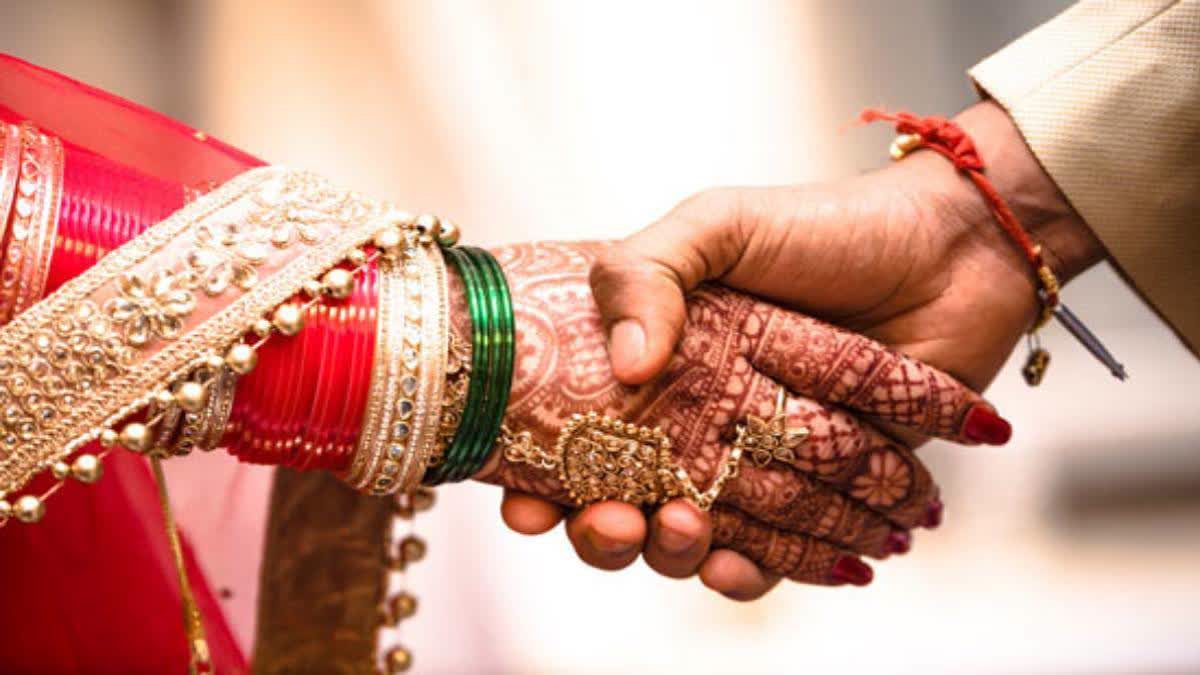Patna: Marriages are held as per different traditions in every region across the country. But in Bihar's Mithila, marriage of most Maithil Brahmins and Karna Kayasthas is still decided as per an ancient tradition. Infact, it is a belief that marriage never breaks in Mithila since it is fixed by 'Siddhant', a scientific, age-old tradition.
What is the basic principle for marriage in Mithila?
Before any marriage is fixed, the blood relations of both the groom and bride are checked. The past five generations of the maternal side and seven generations of the paternal side are checked by the registrar. If a blood relation is found in any of the past generations, then the marriage does not take place. The person who assesses the past records is called the registrar in Mithila and in present terms this person is known as the marriage registrar.
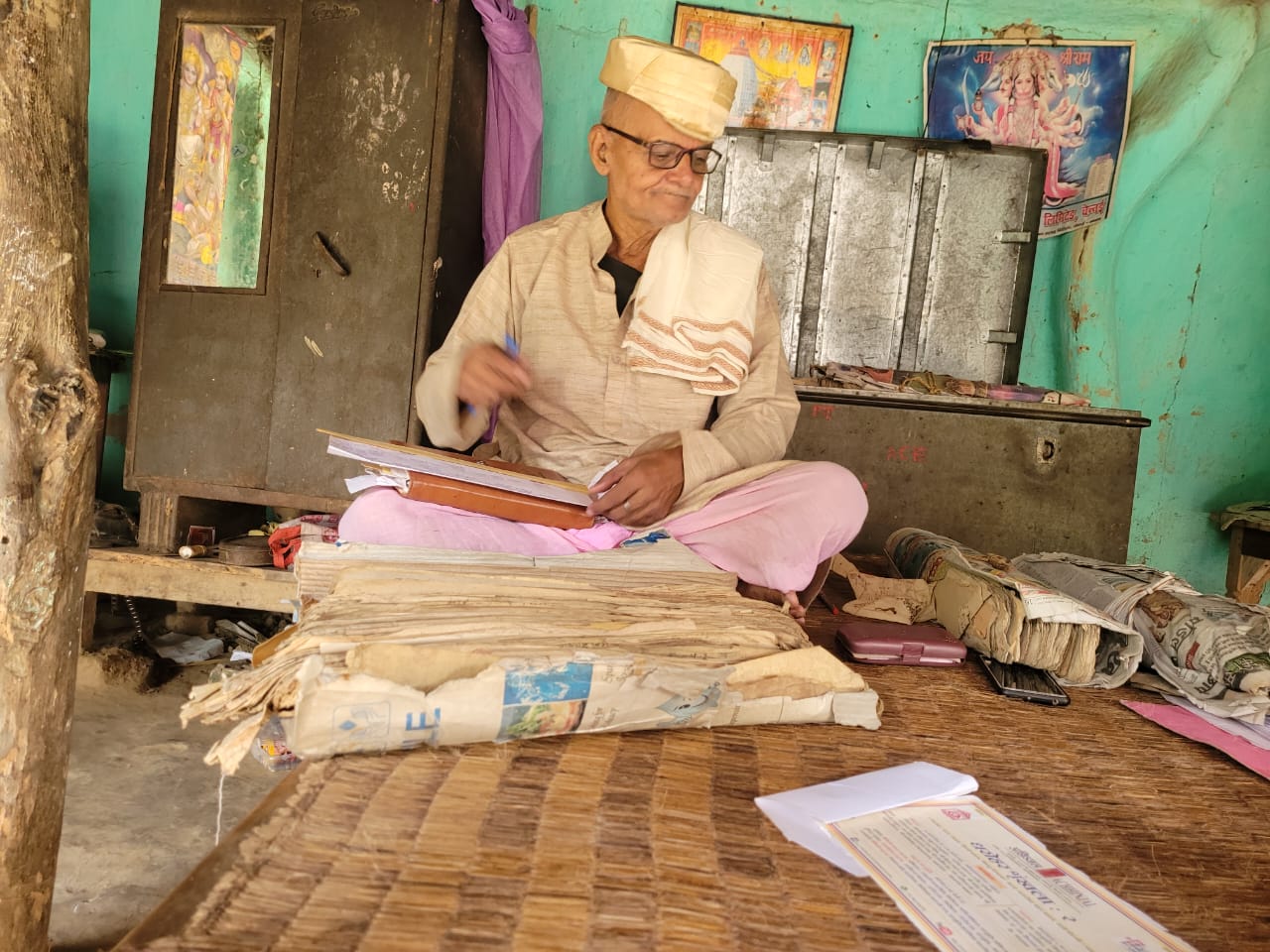
Unique 'Siddhant' tradition:
A registrar in Mithila possesses genealogical documents of hundreds of years.
Mithila's famous registrar Pandit Vishwamohan Chandra Mishra told ETV Bharat that when the wedding season begins in Mithila, families from both the groom and bride's sides decide the marriage with mutual consent. After this, they go to the registrar and get an approval stating there is no blood relation between the their families in the past.
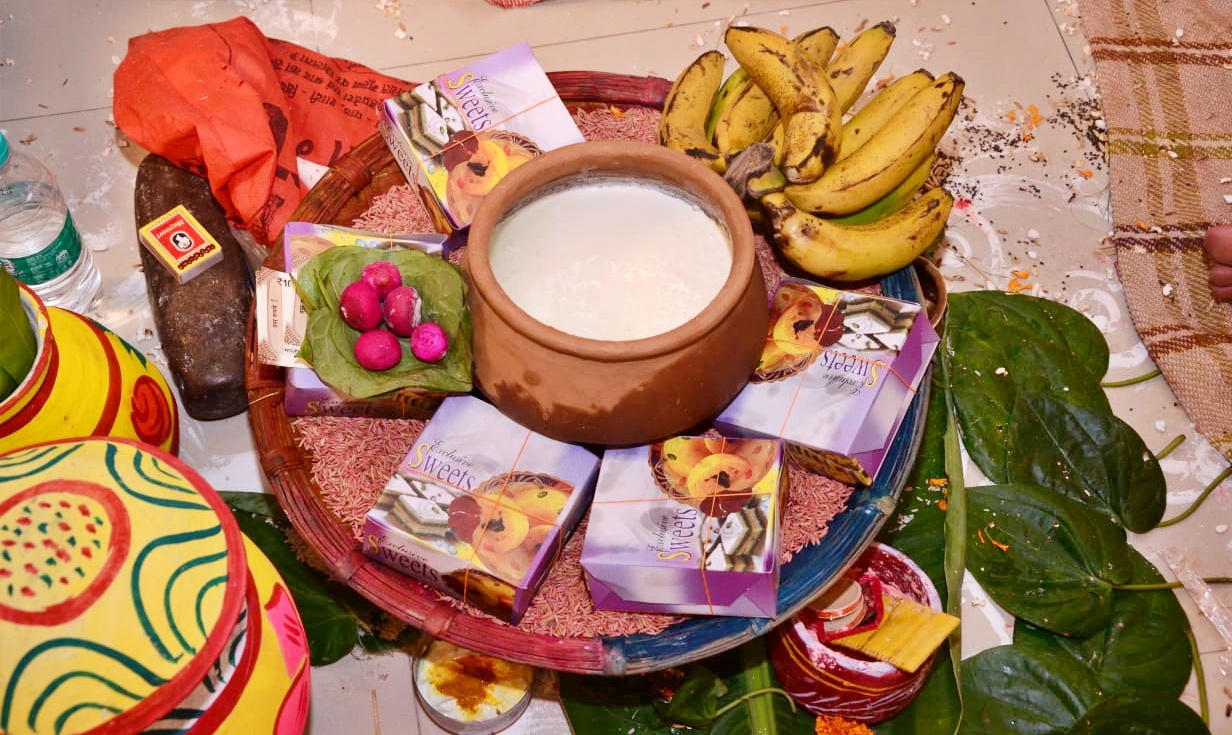
"Sixteen clans of the groom's side (both his father and mother's side) are counted in seven generations. Whereas, 12 clans of the girl's side (father's and mother's) are counted in five generations. In this calculation, it is seen whether anyone from both families has ever got married in these seven or five generations,'' Pandit Vishwamohan Chandra Mishra said.
Pandit Mishra said that if in the past, a marital relation is found between anyone from the families then the proposed match it is not 'Siddhant'. In case, there is no blood relation between the groom and the bride then their marriage is fixed. The registrar's approval of the match, makes the marriage eligible for the rituals of 'Siddhant'.
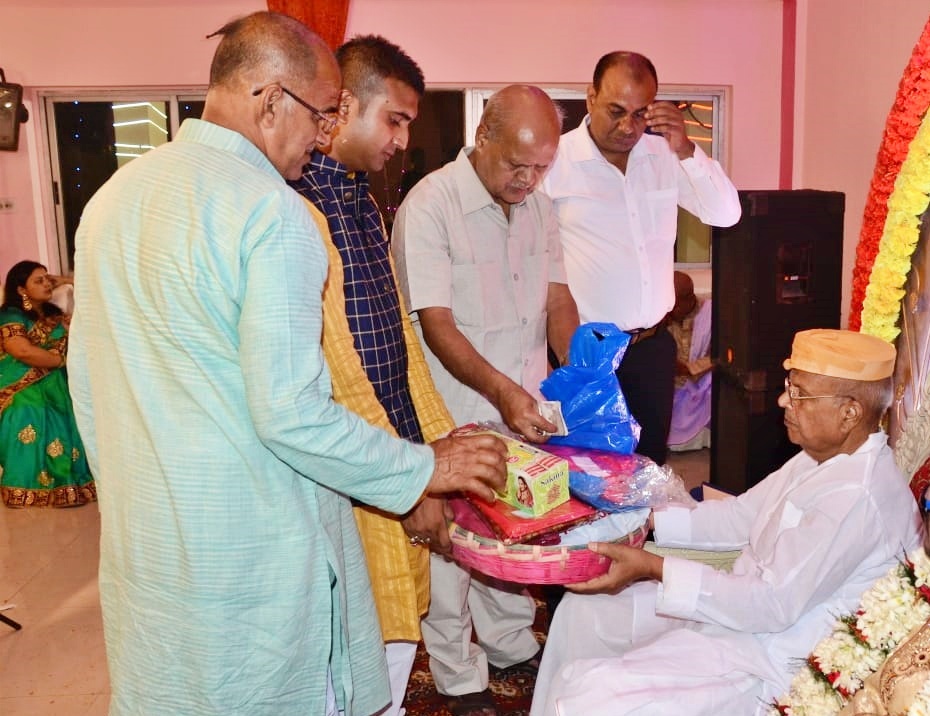
The rituals of Siddhant
During the unique Siddhant ritual, families of the bride and groom's side gather at Saurath Sabha Gaachi or any religious place or the registrar's residence. Betel leaves, nuts and masala are kept inside empty spaces between the two sides. The registrar then writes down the origin and genealogy of the bride and groom on the palm leaf with a red pen. After matching the books of both the sides, the consent for the marriage of the bride and groom is written on the second palm leaf. Then, the registrar accepts the marriage by reciting the Mangalacharan mantra.
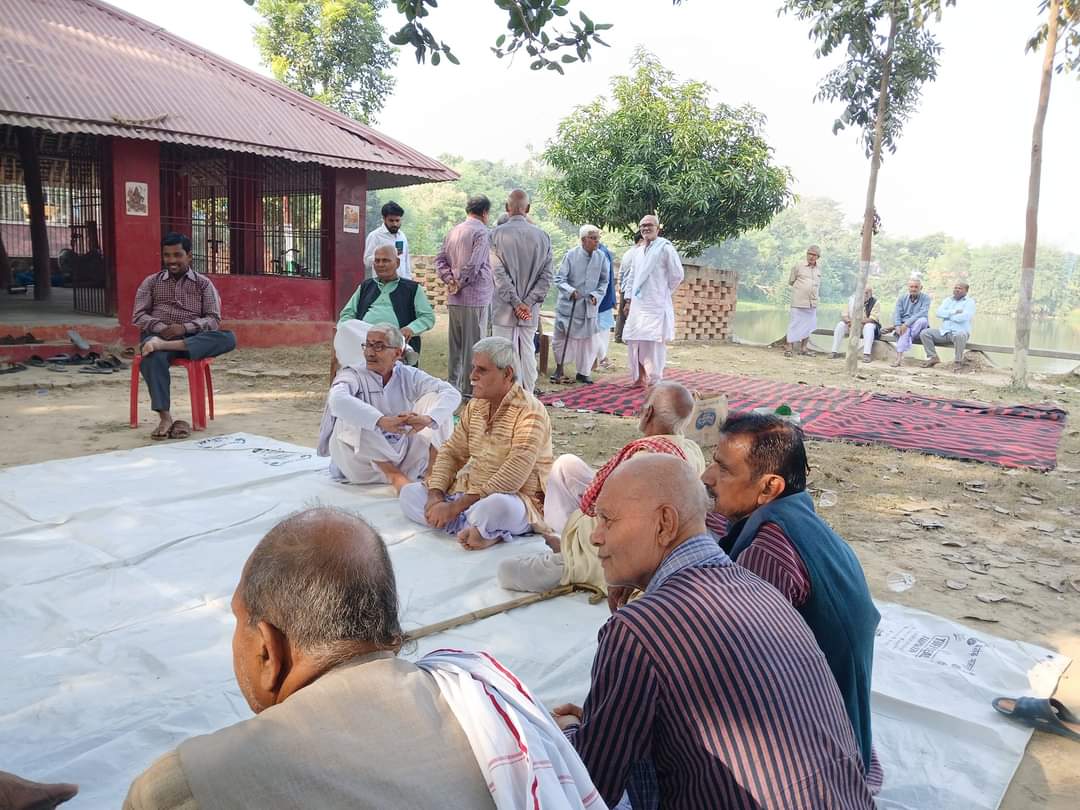
The palm leaf or 'Siddhant Patra' of the marriage is given to the bride's father and the one with the genealogy is kept with the registrar.
During Siddhant, the consent for marriage is given to the bride and groom's side on the palm leaf by the registrar. Taking this consent letter, people of the bride's side go home and keep it with their 'Kuldevi'. On the day of marriage, the girl's side brings this palm leaf to the Argya Daala and come to the boy's father. The boy's father picks up the betel leaf kept and gives permission for the marriage. After getting consent from both the sides, the ritual of marriage begins.
Why is 'Siddhant' necessary?
Shekhar Chandra Mishra of Saurath told ETV Bharat that every year around 2 to 2500 people come to the registrar to get their Siddhant done. Siddhant is important because it has two benefits. Firstly, it is known that the bride and groom are not related by blood. Secondly, after the marriage is fixed, the genealogy of the new generation gets updated.
''Mithila's civilisation and culture is its identity. Earlier, people used to get married from Saurath Sabha Gaachi only. But in this era of modernity, marriage is held in many forms. But the people of Mithila have preserved the tradition of 'Siddhant' even today,'' Shekhar Chandra Mishra, resident of Saurath said.
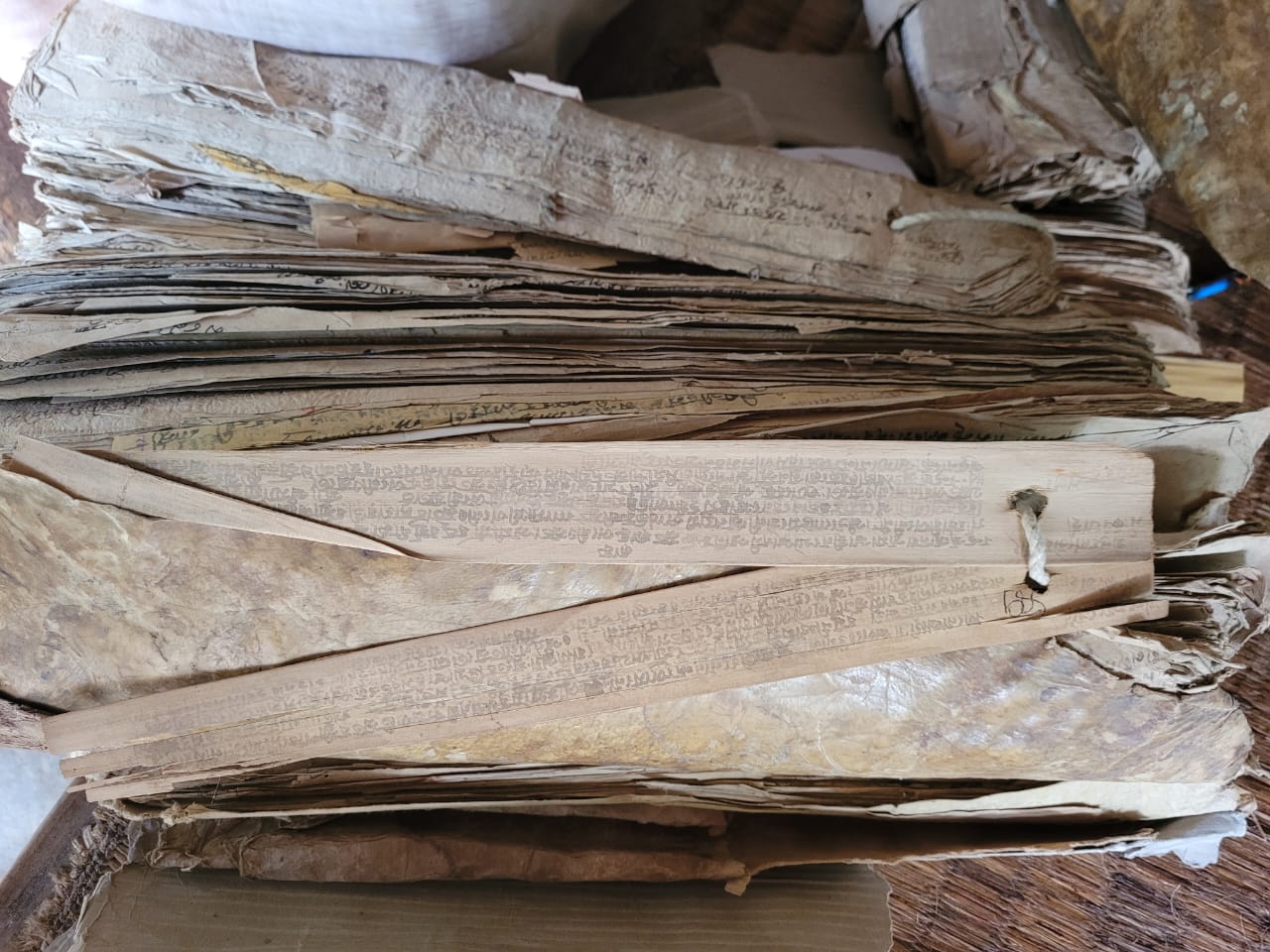
Registrar Pandit Pramod Jha said, ''In Mithila, there is an awareness about one's clan and blood relations for 700 years. This is the reason that marriages do not take place in blood relations. This theory was researched by Indian American scientist Hargovind Khurana. He has also received the Nobel Prize in Science for this research.''
700-year-old genealogy record:
Earlier there were hundreds of registrars in Mithilaanchal. However, gradually the number of registers decreased. Today about two dozen registrars are associated with this system. Pandit Vishwamohan Chandra Mishra said that he inherited it from his father.
To become a registrar, one has to undergo 10 years of intensive study and after passing the examination of scholars, one gets permission to write the principles.
Pandit Vishwamohan Chandra Mishra said that he has about 600 years of writings available with him. "Many registrars have the genealogy of their clients available with them. It is very difficult to keep it safe and has to be kept out in sunlight from time to time. The box in which it is kept is given insect repellents from time to time," he said.
Preserving genealogy through register system:
The register system started during the regime of King Harisingh Dev for the benefit of all sections of the society. Presently, only Brahmins and Karna Kayasthas in Mithila are following the register system.
Pandit Vishwamohan Chandra Mishra said "Maithil Brahmins have 19 gotras. The descendants of the lineage of 19 sages are divided into gotras which include Vatsa, Shandilya, Kashyap, Parashar, Katyayana, Savarna, Gargya, Kaushik, Alambukaksha, Krishnatreya, Gautama, Maudgalya, Vashishtha, Kaundanya, Upmanyu, Kapil, Vishnuvriddhi, Tandilya, and Bharadwaj gotras. The marriage of a bride and groom cannot take place in any one gotra. It is seen that the bride and groom whose marriage is being fixed should not be from the same clan.''
Registrar Pandit Vishwamohan Chandra Mishra said that earlier the sabha used to be held at 34 places in Mithilaanchal, where the registrar used to give the principle or consent of marriage. But gradually it has been limited to a few villages of Mithila apart from Saurath.
There are 16 Sanskars in Sanatan Dharma, including Sanskars like Garbhadhan, Punsavan, Seemantonnayan, Jaatkarma, Namkaran, Nishkraman, Annaprashan, Choodakarma, Vidyarambh, Karnavedha, Yajnopaveet, Vedarambh, Keshanth, Samavartan, Marriage and Funeral.
Read more
